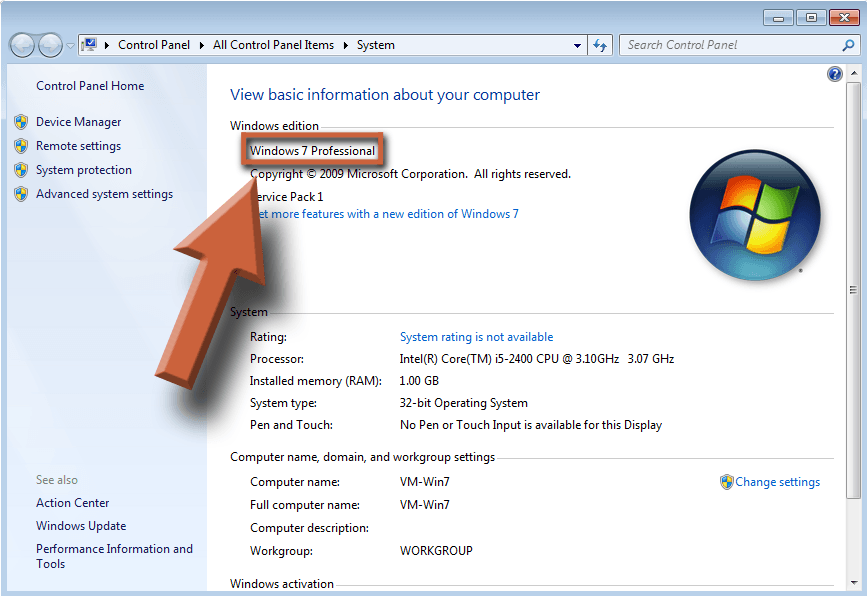
Ensure the app does NOT check for version in odd ways, such as via the registry, file versions, offsets, kernel mode, drivers or other means.If there are breaking changes and a proper check is not exposed, then that is a bug. Ensure you detect the change via APISet or other exposed API as created by the feature team, and do not use the version as a proxy for some feature or fix. NTDDI (NT device driver interface) version number will increment only if target functionality in the API changes.If the app is dependent on specific API functionality, ensure you target the correct API version.Rather than a version check, we recommend one of the following approaches:

In these cases, the app will fail if an incorrect version is found. However, there are apps that are bound very tightly to a version check (in the drivers, or in kernel mode to avoid detection). Some apps perform a version check and simply pass a warning to users. Apps might generate error messages, but continue to function properly.App installers might not be able to install the app, and apps might not be able to start.This means any app that specifically checks for the OS version will get a higher version number, which can lead to one or more of the following situations: The manifestation of this change is app-specific. For most app categories (without any kernel dependencies) the change will not negatively impact app functionality, and existing apps will continue to work fine on Windows 10. As in the past, we go to great lengths to maintain application and device compatibility after an OS version change. This means that the internal version number for Windows 10 has also been changed to 10.0. The OS version has been incremented with the Windows 10 OS release.


 0 kommentar(er)
0 kommentar(er)
